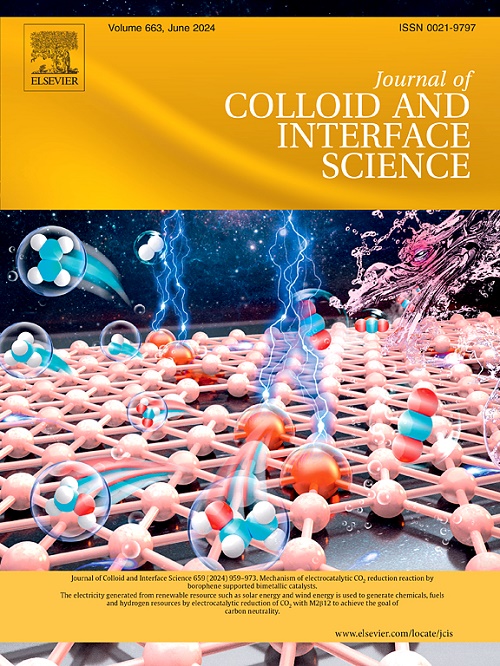Graphitic carbon with increased interlayer spacing derived from low-temperature CO2 rapid conversion for high-performance potassium storage
IF 9.4
1区 化学
Q1 CHEMISTRY, PHYSICAL
引用次数: 0
Abstract
Graphitic carbon has been emerged as one of the most promising anode materials for potassium-ion batteries (PIBs) due to its moderate theoretical specific capacity, high electrical conductivity, and outstanding chemical stability. However, the structure of graphitic carbon usually experiences irreversible damage during the charge and discharge process, primarily due to the large radius of potassium ion. In contrast to the traditional preparation methods, we develop a low-carbon approach to obtain graphitic carbon with larger lattice spacing via a rapid chemical conversion between CO2 and NaAlH4 at ∼62 °C. We confirm that the CO2/NaAlH4 ratio plays a crucial role in increasing the degree of graphitization and promoting the formation of a flaky morphology of carbon materials. When applied as an anode material for potassium storage, the prepared graphitic carbon exhibits outstanding cycling stability and rate performance. It maintains a reversible capacity of 210 mAh g−1 after 1000 cycles at a current density of 0.1 A g−1, with a capacity retention rate of 95.9 %. This efficient method of preparing graphitic carbon provides valuable inspiration for the development of advanced energy storage materials.

求助全文
约1分钟内获得全文
求助全文
来源期刊
CiteScore
16.10
自引率
7.10%
发文量
2568
审稿时长
2 months
期刊介绍:
The Journal of Colloid and Interface Science publishes original research findings on the fundamental principles of colloid and interface science, as well as innovative applications in various fields. The criteria for publication include impact, quality, novelty, and originality.
Emphasis:
The journal emphasizes fundamental scientific innovation within the following categories:
A.Colloidal Materials and Nanomaterials
B.Soft Colloidal and Self-Assembly Systems
C.Adsorption, Catalysis, and Electrochemistry
D.Interfacial Processes, Capillarity, and Wetting
E.Biomaterials and Nanomedicine
F.Energy Conversion and Storage, and Environmental Technologies

 求助内容:
求助内容: 应助结果提醒方式:
应助结果提醒方式:


